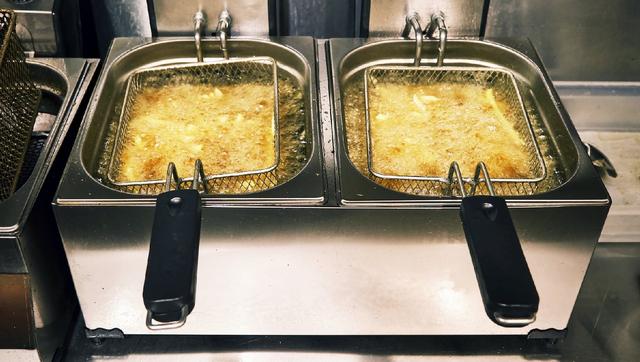
Are there bugs in peanut butter? This is a question that has been asked many times, and the answer is not clear. Some people say that there are definitely bugs in peanut butter, while others claim that this is simply a myth.
It’s no secret that insects can be found in all sorts of foods, from cheese to processed meats. So, it’s not too much of a stretch to think that there might be bugs in peanut butter too, right? In this blog post, we take a closer look at the issue of bugs in peanut butter and investigate just how common they are. We also offer some tips on how to avoid them if you’re concerned. Stay tuned!
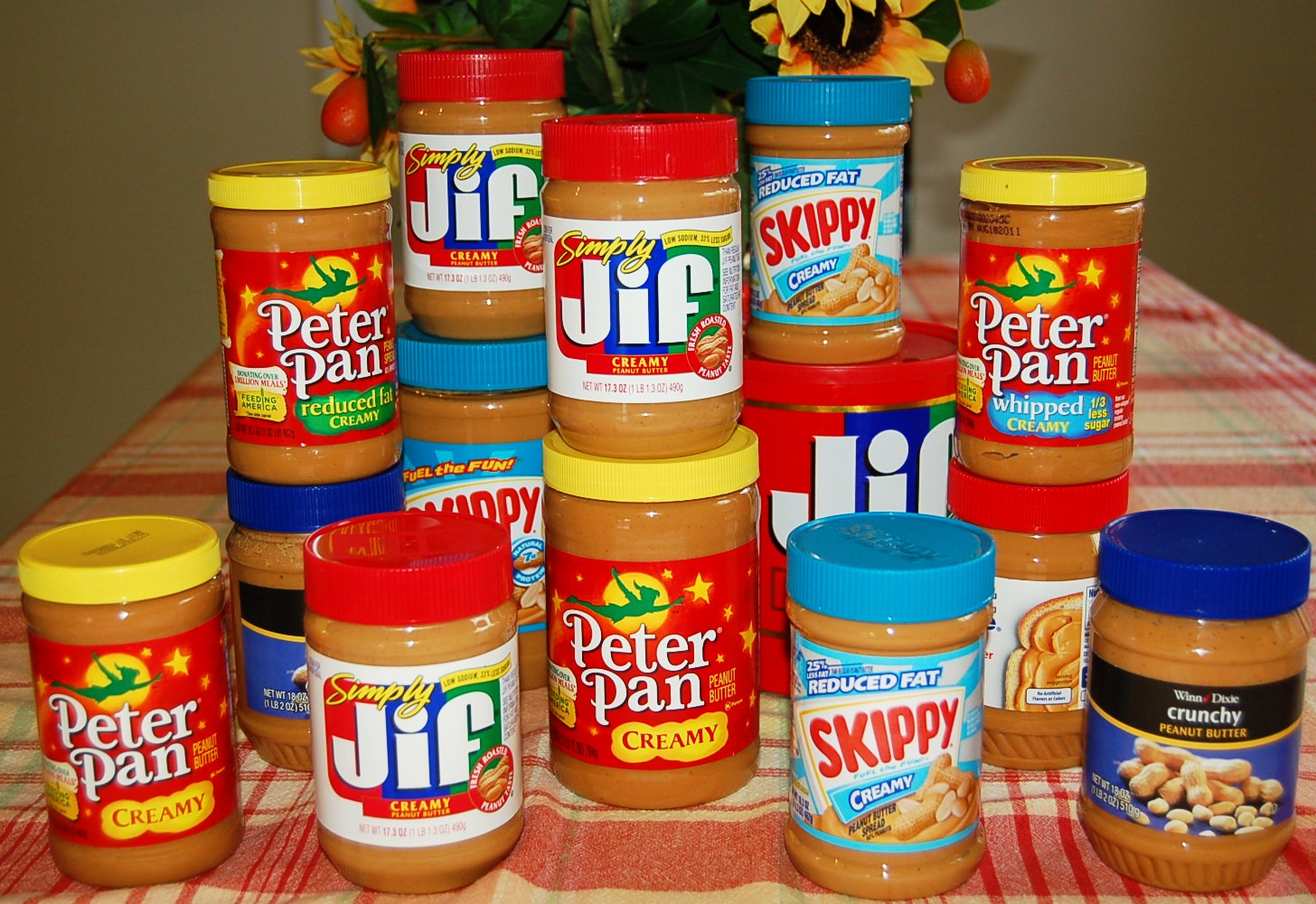
Are there bugs in peanut butter?
That’s true. The FDA knows that there are bugs in your peanut butter, but they don’t want you to worry about it. The government’s Defect Levels Handbook notes an allowed ratio of 30 insect fragments per 100 grams which amounts to approximately 238 pieces when average (28 ounces) jars contain this much food product! Unfortunately, this happens every day so no need for calling local pest control specialists).
Why does peanut butter have bugs in it?
The FDA’s Handbook lists a number of reasons for the inevitability of finding insects in your food. They include:
- Poorly protected crops are susceptible to insect pests which can lay eggs on or inside peanuts while they are still on the plant.
- Insects can enter storage facilities and contaminate products.
- Peanut butter manufacturers use raw peanuts that may have been stored under conditions that were conducive to infestation.
How do I avoid eating bugs in my peanut butter?
There are a few things you can do to avoid eating bugs in your peanut butter:
- Look for brands that use roasted peanuts, as these are less likely to be contaminated with insects.
- Check the product label for a statement that the peanuts were processed in a facility that meets FDA standards.
- Store your peanut butter in a cool, dry place to prevent infestation.
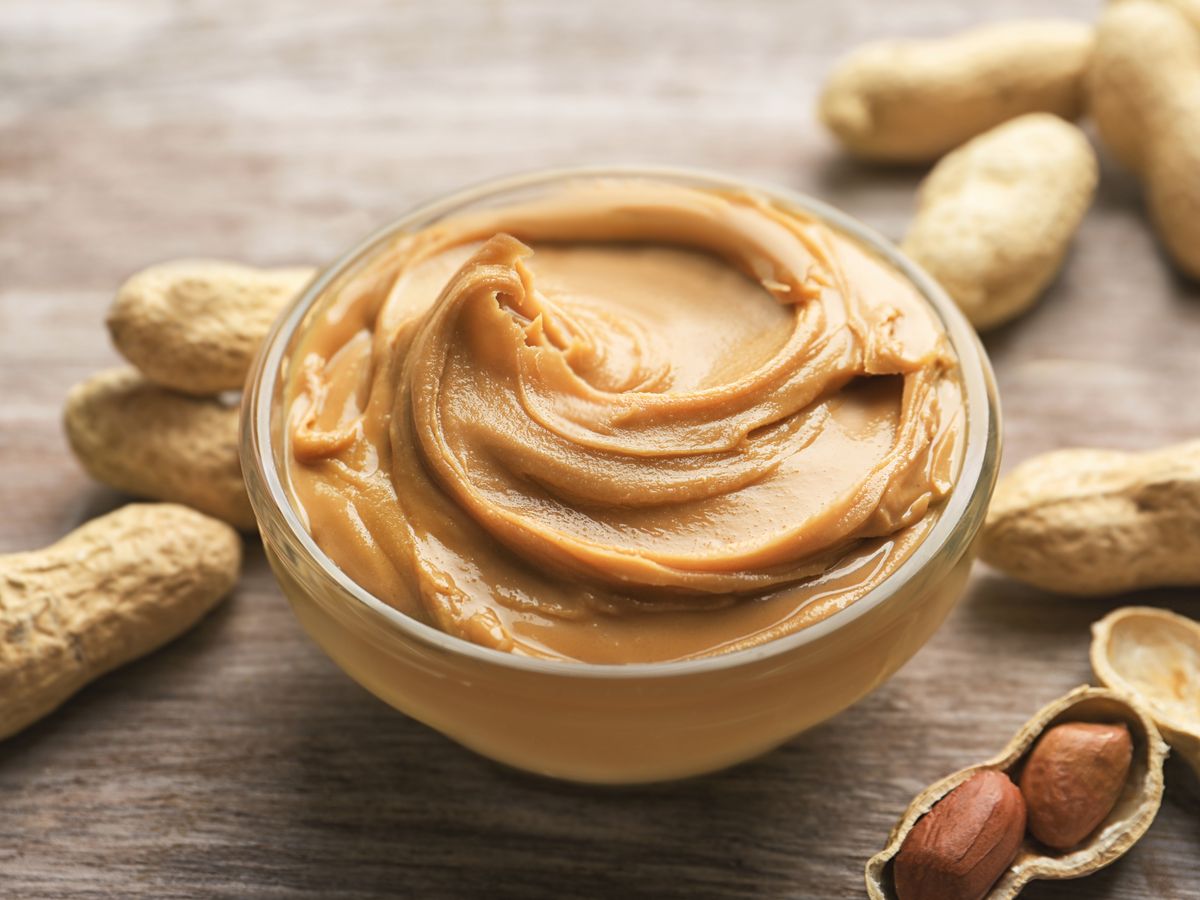
What kind of bugs can you find in peanut butter?
The thought of cockroaches in your peanut butter might make you want to throw up, but don’t worry- they’re not the only insects found inside. Peanut butter also contains small traces amounts from other bugs such as crickets and termites!
The truth is that we all have some level of involvement with these creatures no matter how big or small our diets may be; it’s just nature at work: eating what she produces most efficiently (namely us).
What foods have bug parts in them?
The FDA’s Defect Levels Handbook outlines the maximum amount of “insect filth” that is allowed in food products. Here are some of the foods with the highest levels of bug parts per weight:
- Macaroni and noodle products: 450 insect fragments or 4.5 grams per 225 grams
- Wheat flour: 75 insect fragments or 0.75 grams per 50 grams
- Frozen broccoli: 60 aphids and/or mites per 100 grams
- Ground cinnamon: 400 or more moth and butterfly parts per 50 grams
While these numbers might seem high, it’s important to remember that they represent the maximum amount allowed by the FDA. In reality, most food products contain far less than the maximum amount of insect filth.
What can I do if I find a bug in my food?
If you find a bug in your food, there are a few things you can do:
- Contact the manufacturer to let them know about the problem.
- Throw away the contaminated food.
- Wash your hands and any surfaces that came into contact with the food.
- If you have a severe reaction, such as difficulty breathing, call 911 or go to the nearest emergency room.
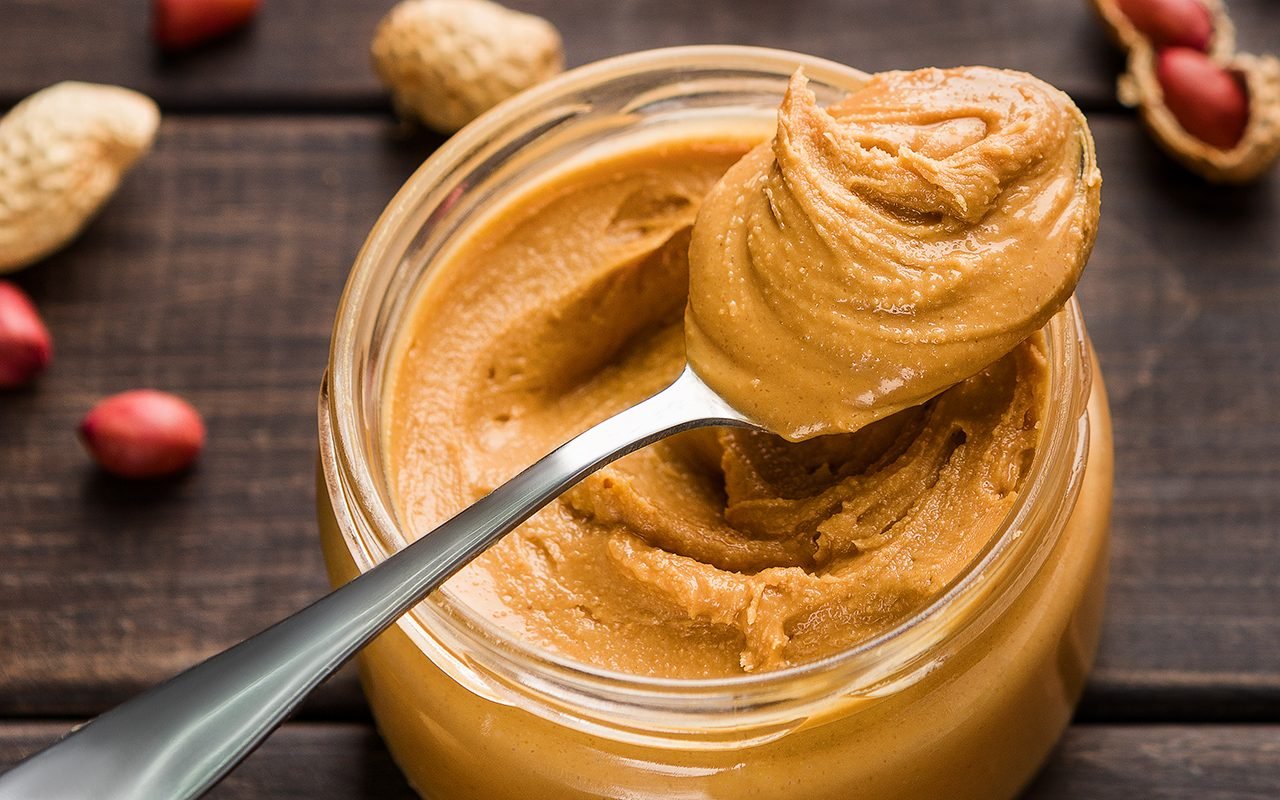
Is ketchup full of bugs?
No, ketchup is not full of bugs. The FDA’s Defect Levels Handbook lists the maximum amount of “insect filth” that is allowed in food products, and ketchup is not included on the list. However, it’s important to remember that all food products contain some level of insect contamination.
What percentage of chocolate contains rat feces?
There is no definitive answer to this question, as it depends on the manufacturing process and the quality control standards of the company. However, a 2008 study found that chocolate can contain up to 0.1 grams of rat feces per 100 grams of chocolate. This means that a standard-sized bar of chocolate (100 grams) could contain up to 1 gram of rat feces. While this might seem like a lot, it’s important to remember that chocolate is made from cacao beans, which are naturally high in fiber. Rat feces are also not harmful to humans if they are consumed in small quantities.
Are bananas infested with bugs?
While bananas are not infested with bugs, they do contain small traces of insect parts. The FDA’s Defect Levels Handbook outlines the maximum amount of “insect filth” that is allowed in food products, and bananas are listed as having an average of 4.5 insect fragments per 3.5 ounces. However, it’s important to remember that all food products contain some level of insect contamination.
Which fruits are bug-infested?
The FDA’s Defect Levels Handbook outlines the maximum amount of “insect filth” that is allowed in food products. Here are some of the fruits with the highest levels of bug parts per weight:
- Strawberries: 4.0 or more insect fragments per 1 pound
- Raisins: 3.0 or more insect fragments per 1 pound
- Figs: 23 or more whole insects or mites per 100 grams
- Peaches: 2.5 or more fruit fly eggs and/or larvae per 250 grams
- Apricots: 5 or more fruit fly eggs and/or larvae per 250 grams
While these numbers might seem high, it’s important to remember that they represent the maximum amount allowed by the FDA. In reality, most food products contain far less than the maximum amount of insect filth.
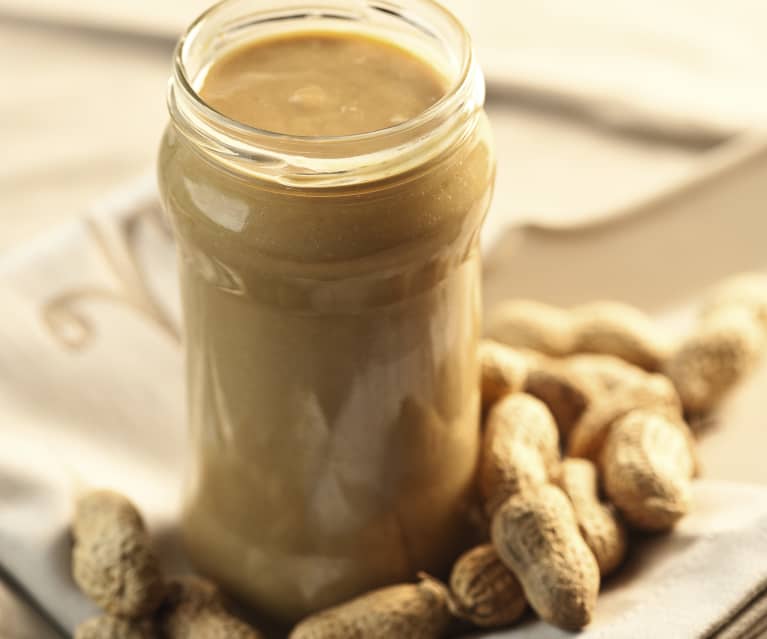
Which vegetables are bug-infested?
The FDA’s Defect Levels Handbook outlines the maximum amount of “insect filth” that is allowed in food products. Here are some of the vegetables with the highest levels of bug parts per weight:
- Frozen broccoli: 60 aphids and/or mites per 100 grams
- Frozen Brussels sprouts: 30 or more aphids and/or mites per 100 grams
- Frozen spinach: 50 or more aphids and/or mites per 100 grams
- Frozen peas: 4 or more thrips per 10 grams
While these numbers might seem high, it’s important to remember that they represent the maximum amount allowed by the FDA. In reality, most food products contain far less than the maximum amount of insect filth.
The difference between organic and processed peanut butter:
There are a few key differences between organic and processed peanut butter. First, organic peanut butter is made from peanuts that have been grown without the use of pesticides or other chemicals. Second, organic peanut butter is usually ground in a way that preserves the peanut’s natural oils, giving it a more “peanutty” flavor. Finally, organic peanut butter does not contain additives such as sugar or salt.
Bugs in Peanut Butter do not impose Health risks:
While bugs in peanut butter might not seem appetizing, they actually pose no health risks. In fact, the FDA considers an acceptable level of bug parts in food products. The FDA’s Defect Levels Handbook outlines the maximum amount of “insect filth” that is allowed in food products, and peanut butter is listed as having an average of 30 insect fragments per 100 grams. However, it’s important to remember that all food products contain some level of insect contamination.
Is there Rat poop in Peanut Butter?
There is a possibility of rat feces in peanut butter, but it is not harmful to humans if consumed in small quantities. Chocolate can contain up to 1 gram of rat feces per 100 grams, and while this might seem like a lot, it’s important to remember that chocolate is made from cacao beans, which are naturally high in fiber. Rat feces are also not harmful to humans if they are consumed in small quantities.
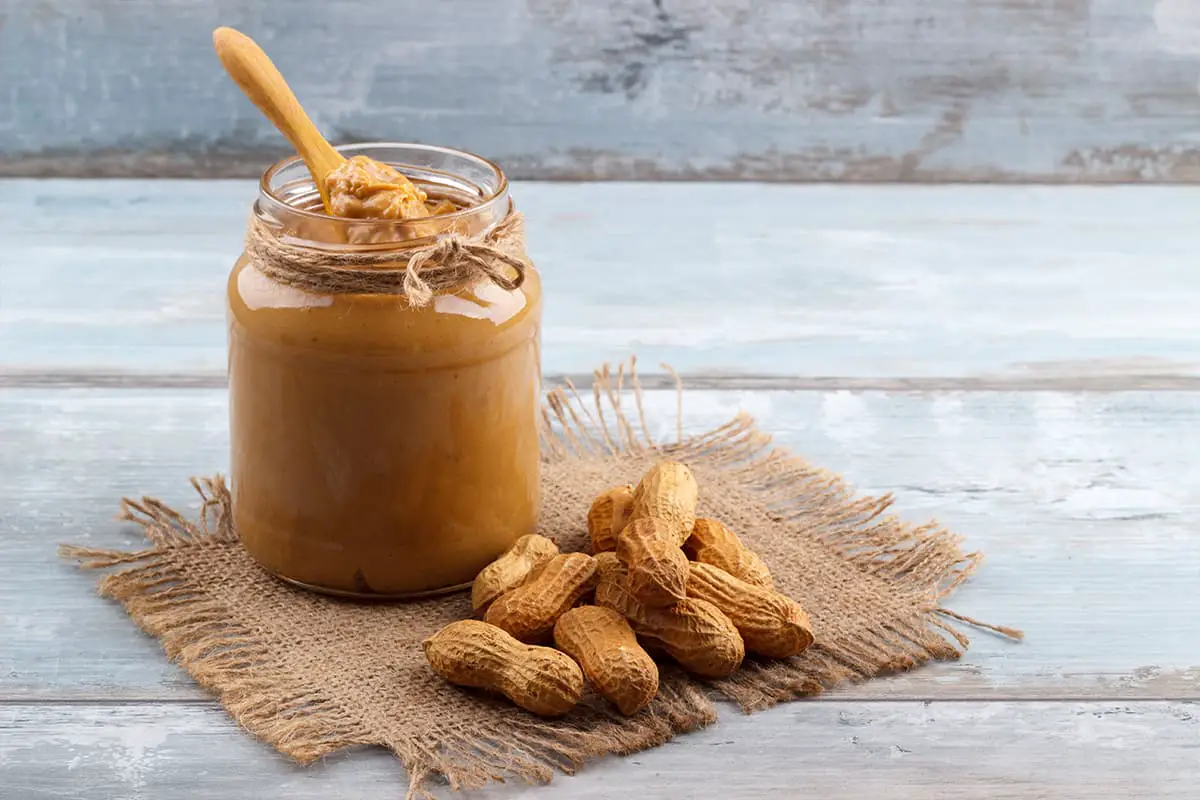
Is Peanut Butter a Non-Vegan Diet?
Peanut butter is not a vegan diet because it contains insect parts. The FDA’s Defect Levels Handbook outlines the maximum amount of “insect filth” that is allowed in food products, and peanut butter is listed as having an average of 30 insect fragments per 100 grams. However, it’s important to remember that all food products contain some level of insect contamination.
Are there bugs in Kraft peanut butter?
Yes, there are bugs in Kraft peanut butter. The FDA’s Defect Levels Handbook outlines the maximum amount of “insect filth” that is allowed in food products, and peanut butter is listed as having an average of 30 insect fragments per 100 grams. However, it’s important to remember that all food products contain some level of insect contamination.
What foods are bug-free?
There are no bug-free foods. The FDA’s Defect Levels Handbook outlines the maximum amount of “insect filth” that is allowed in food products, and all food products contain some level of insect contamination. However, there are a few foods that have very low levels of insect contamination, such as flour and sugar.
How many maggots are allowed in Food?
There is no specific limit on the number of maggots that are allowed in food. However, the FDA’s Defect Levels Handbook does outline the maximum amount of “insect filth” that is allowed in food products. For example, frozen broccoli can contain up to 60 aphids and/or mites per 100 grams, and frozen spinach can contain up to 50 aphids and/or mites per 100 grams.
Is there rat hair in peanut butter?
There is a possibility of rat hair in peanut butter, but it is not harmful to humans if consumed in small quantities. The FDA’s Defect Levels Handbook outlines the maximum amount of “insect filth” that is allowed in food products, and peanut butter is listed as having an average of 30 insect fragments per 100 grams. However, it’s important to remember that all food products contain some level of insect contamination.
Are there bugs in bananas?
Yes, there are bugs in bananas. The FDA’s Defect Levels Handbook outlines the maximum amount of “insect filth” that is allowed in food products, and bananas are listed as having an average of 5 fruit fly eggs and 1 Larva per 3 pounds. However, it’s important to remember that all food products contain some level of insect contamination.
Does cereal have bugs in it?
Yes, there are bugs in cereal. The FDA’s Defect Levels Handbook outlines the maximum amount of “insect filth” that is allowed in food products, and cereal is listed as having an average of 9 insect fragments per square foot. However, it’s important to remember that all food products contain some level of insect contamination.
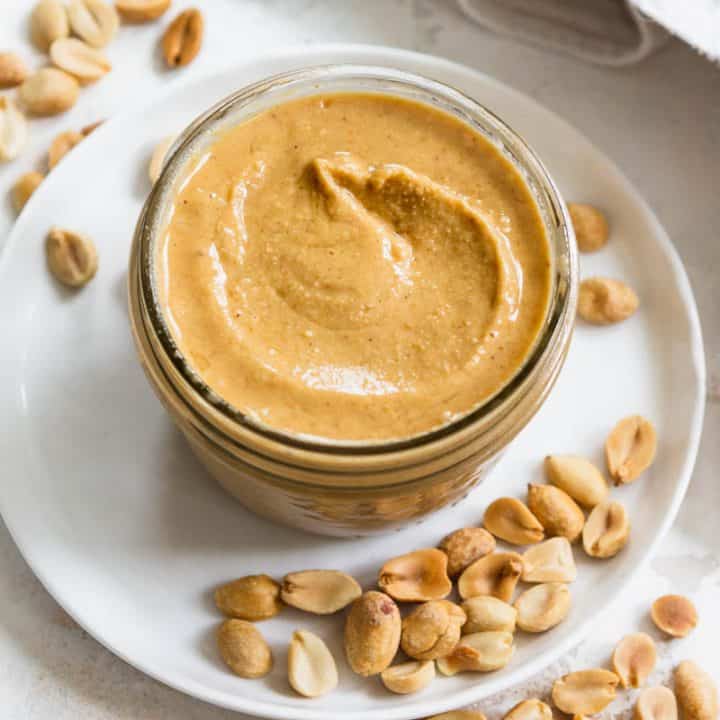
Is there bugs in chocolate?
Yes, there are bugs in chocolate. Chocolate can contain up to 1 gram of insect per 100 grams, and while this might seem like a lot, it’s important to remember that chocolate is made from cacao beans, which are naturally high in fiber. Insects are also not harmful to humans if they are consumed in small quantities.
FAQs
How many bugs do you eat in your sleep?
There is no way to know for sure how many bugs you eat in your sleep, but it is estimated that the average person ingests between 1 and 2 pounds of insects per year. Most of these insects are so small that they go unnoticed. However, some people may be more aware of them if they sleep with their mouths open or have a condition that causes them to grind their teeth at night.
Are Skittles made out of bugs?
No, Skittles are not made out of bugs. The FDA’s Defect Levels Handbook outlines the maximum amount of “insect filth” that is allowed in food products, and Skittles are not listed as containing any insect contamination. However, it’s important to remember that all food products contain some level of insect contamination.
Do strawberries have worms in them?
Yes, strawberries have worms in them. The FDA’s Defect Levels Handbook outlines the maximum amount of “insect filth” that is allowed in food products, and strawberries are listed as having an average of 3% by weight of insects. However, it’s important to remember that all food products contain some level of insect contamination.
Conclusion
To sum up, while it is true that there are bugs in peanut butter, there is no need to be alarmed. The FDA has established acceptable levels of contamination, and as long as you take some basic precautions, you can enjoy your peanut butter without worry. Thanks for reading!
Learn More About Grilling
If you want to learn more about grilling, check out these other helpful resources!





